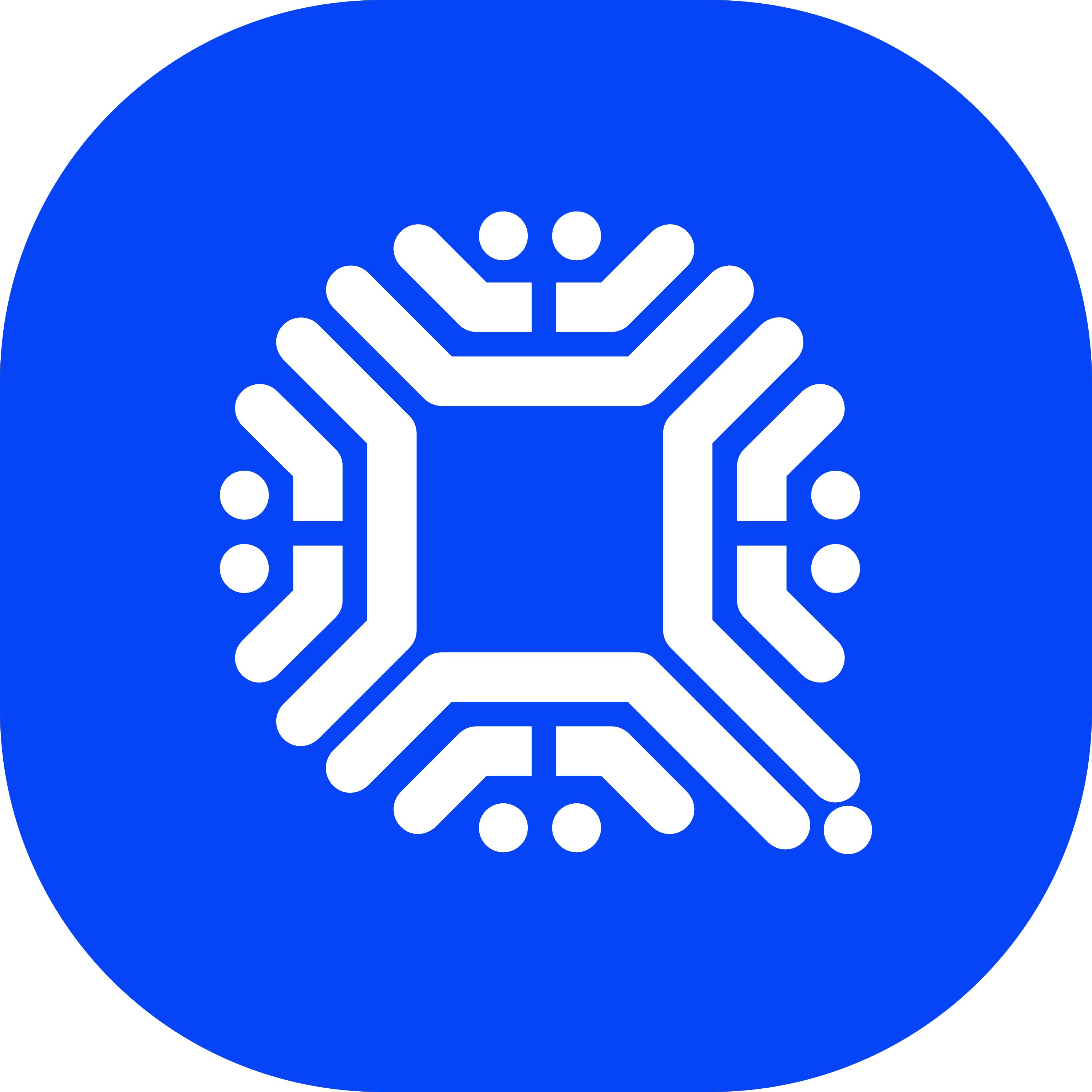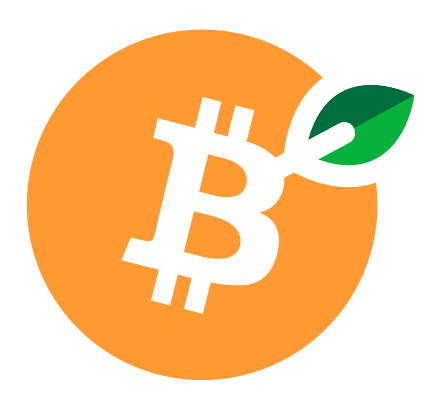INVESTOR RESEARCH CENTER
Tracking 37 Bitcoin Ecosystem coins
Top 25 Bitcoin Ecosystem Cryptocurrencies for April 2024
Bitcoin ecosystem cryptocurrencies are digital currencies that operate within the broader Bitcoin network and utilize its underlying technology. These cryptocurrencies often share similar features and principles with Bitcoin, such as decentralized control and cryptographic security. One example of a Bitcoin ecosystem cryptocurrency is Litecoin, which was created in 2011 as a "lite" version of Bitcoin, offering faster transaction confirmation times and a different hashing algorithm. Another example is Bitcoin Cash, which emerged in 2017 as a result of a hard fork from the original Bitcoin blockchain, aiming to increase block size and improve scalability.
News
| Name | Price | 1h Change | 24h Change | 7d Change | Market Cap | |
|---|---|---|---|---|---|---|
| 1 | $63960.807228655 | 0.5% | -1.2% | -0.8% | $1,259,422,449,403 | |
| 14 | $488.00492211934 | 0.8% | 1.1% | 2.0% | $9,612,454,078 | |
| 15 | $64061.97448205 | 0.6% | -0.9% | -0.6% | $9,954,189,508 | |
| 31 | $13.314959967843 | -0.7% | -3.5% | -2.6% | $6,166,635,274 | |
| 43 | $2.6448321961867 | 0.1% | -2.9% | 5.4% | $3,846,517,685 | |
| 49 | $65.932781801402 | 0.1% | -2.3% | -0.3% | $1,298,433,640 | |
| 106 | $4.0448993183527 | 0.3% | -0.2% | -0.7% | $423,726,834 | |
| 117 | $34.296395962792 | 0.1% | 0.3% | -3.3% | $600,664,458 | |
| 133 | $0.034551685135528 | 0.4% | -1.4% | 1.0% | $333,346,509 | |
| 205 | $63978.121775066 | 0.5% | -1.0% | -0.8% | $3,457,385,018 | |
| 223 | $28135.215792338 | 0.0% | -6.5% | 20.9% | $252,358,452 | |
| 247 | $64247.085861874 | 0.5% | -1.2% | 0.4% | $179,478,559 | |
| 263 | $0.18821149189729 | 0.2% | -6.4% | -9.7% | $188,211,492 | |
| 328 | $0.063749016461149 | 0.2% | -4.9% | 2.1% | $63,693,395 | |
| 352 | $0.32093404546529 | -0.3% | -3.2% | -6.7% | $194,643,250 | |
| 394 | $4.3545555179319 | 0.8% | -3.4% | -2.0% | $83,797,232 | |
| 423 | $0.010737601493259 | 0.1% | -2.7% | 5.1% | $18,199,713 | |
| 667 | $0.023860360211891 | 0.7% | -0.6% | -11.2% | $42,586,889 | |
| 711 | $1.9523826617277 | 0.6% | 1.3% | -6.7% | $116,496,867 | |
| 716 | $0.10170487797516 | 0.1% | 2.7% | -3.5% | $18,967,237 | |
| 1401 | $0.42710168861115 | 0.3% | -4.2% | -2.8% | $0 | |
| 2660 | $0.0041676394796299 | -2.6% | -10.8% | -23.3% | $0 | |
| 2796 | $44.648870803119 | -0.4% | 6.1% | -20.7% | $0 | |
| 2805 | $0.073521247294932 | 1.3% | -1.1% | 27.4% | $44,599,091 | |
| 3062 | $100.07957061256 | -0.3% | -1.0% | -21.9% | $0 |

























